Why do I need to bleed my radiator?
Over time, air can become trapped inside radiators, especially if the system has not been used for a while or if it has not been properly maintained. When air accumulates, it creates pockets of space within the radiator, preventing hot water from circulating effectively and reducing the radiator's efficiency.
If you find your radiator does not heating up properly, or not bled regularly, then it’s time to bleed your radiators.
Bleeding the radiator allows this trapped air to escape, enabling the hot water to flow freely throughout the radiator and ensuring that it heats up properly. This process helps to improve the overall efficiency of the heating system and ensures that rooms are heated evenly.
Bleeding your radiators regularly can improve their efficiency and ensure your heating system works effectively. It’s easy and only takes a few seconds to bleed your radiators, so your home will soon be warm again.
A simple guide to bleed a radiator:
1. Turn off your central heating and ensure the radiators are cold before you begin bleeding the radiator.
2. Locate the bleed valve and prepare a cloth beneath the bleed valve to catch any drips or spills.
3. Fit the radiator key onto the bleed valve and slowly turn it anti-clockwise. You should hear a hissing sound as air escapes. Be ready to catch any water that comes out.
4. Keep turning the valve until water starts to flow steadily without any air bubbles. Once you see a constant stream of water, quickly tighten the valve back up to stop the flow.
5. Check the pressure gauge on your boiler. If it's dropped too low, you may need to re-pressurize the system following your boiler manufacturer's instructions.
6. Once you've bled all the radiators and checked the pressure, you can turn your central heating system back on.
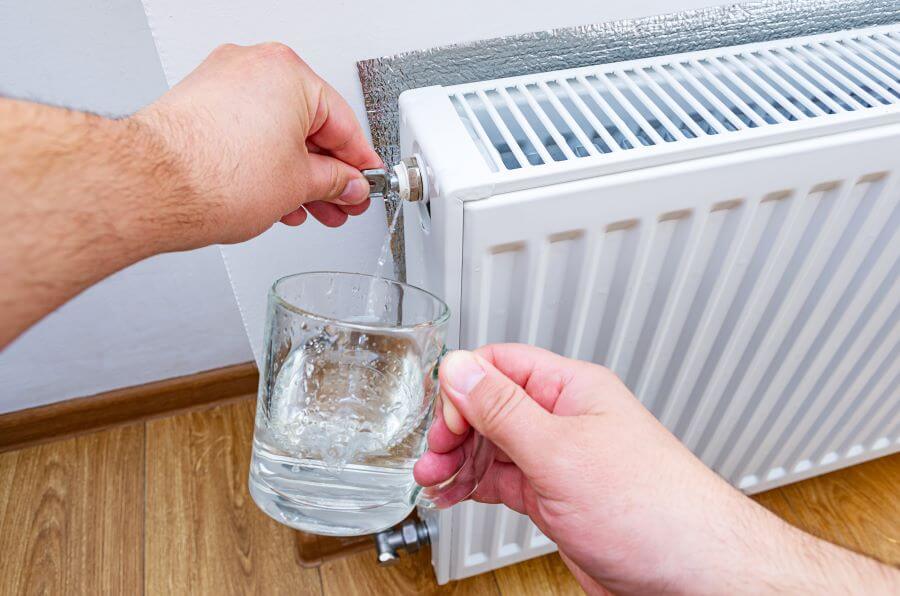
Tools for bleeding a radiator:
A radiator bleed key or a flathead screwdriver
A jug or cloth to catch leaking waters.
Bleeder valves VS Radiator vavles
A bleeder valve, also known as a bleed valve or air vent, is a small valve usually located at the top of a radiator. It's round and has a square section in the middle with two notches.
By opening the bleed valve with a key or a screwdriver, air is released, allowing hot water to fill the radiator completely.
A radiator valve is a control valve that regulates the flow of hot water into the radiator.
There are two main types of radiator valves: manual valves and thermostatic radiator valves (TRVs).
Thermostatic radiator valves (TRVs) are more advanced and automatically adjust the flow of hot water based on the room's temperature, helping to maintain a consistent and comfortable environment.
Good Practices
Bleed your radiators regularly or at least once a year
Bleed your radiators around autumn time
Call a plumber if you need to bleed your radiators more often than once a year.
If you found this post useful, you might also like -Buying Guide for Radiators and How to Choose the Right Radiator Valves.

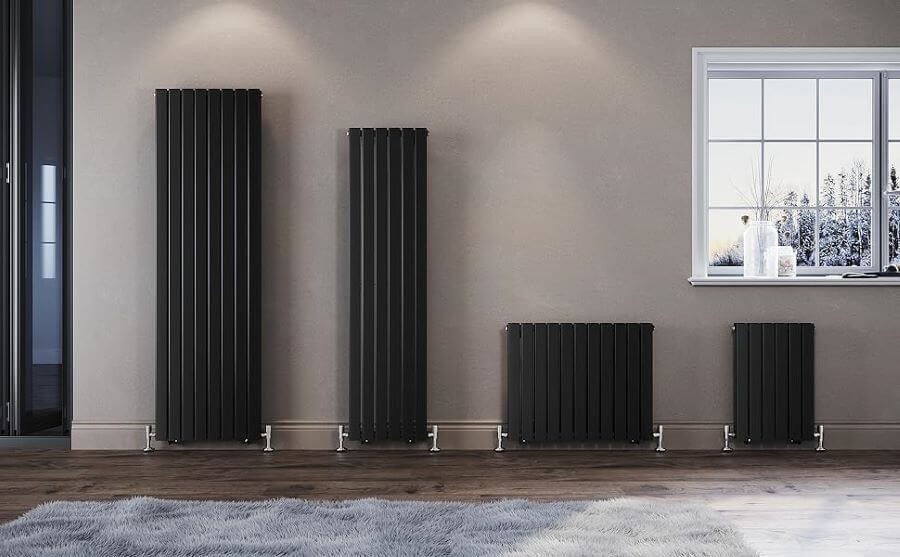
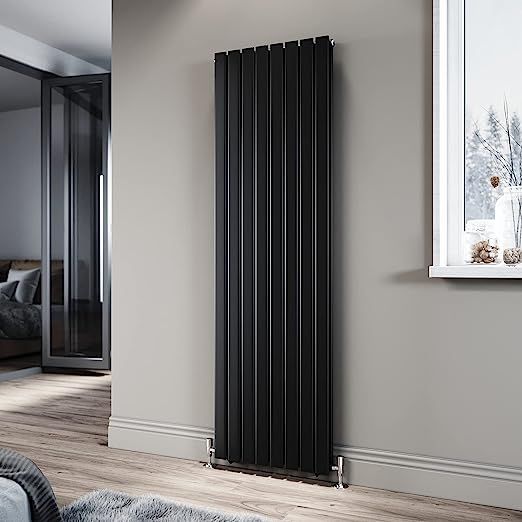


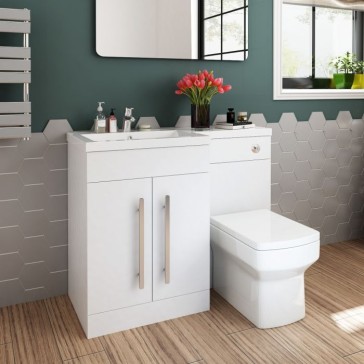
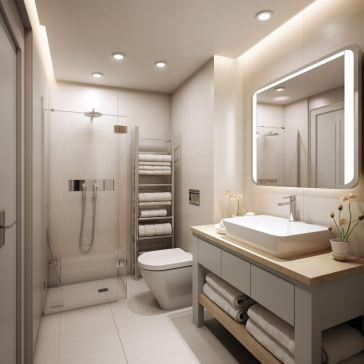
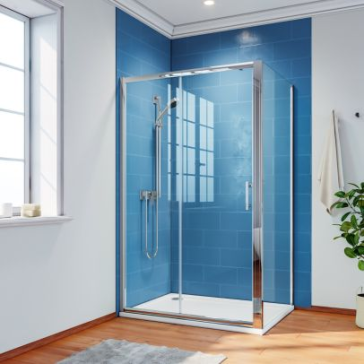
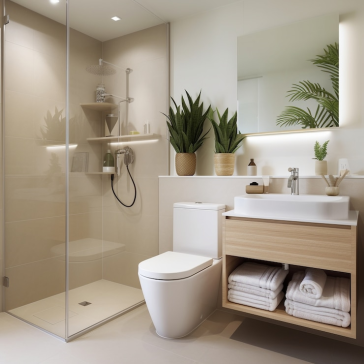
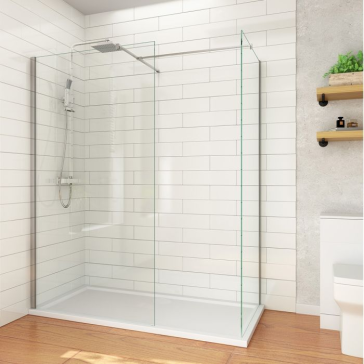
Validate your login